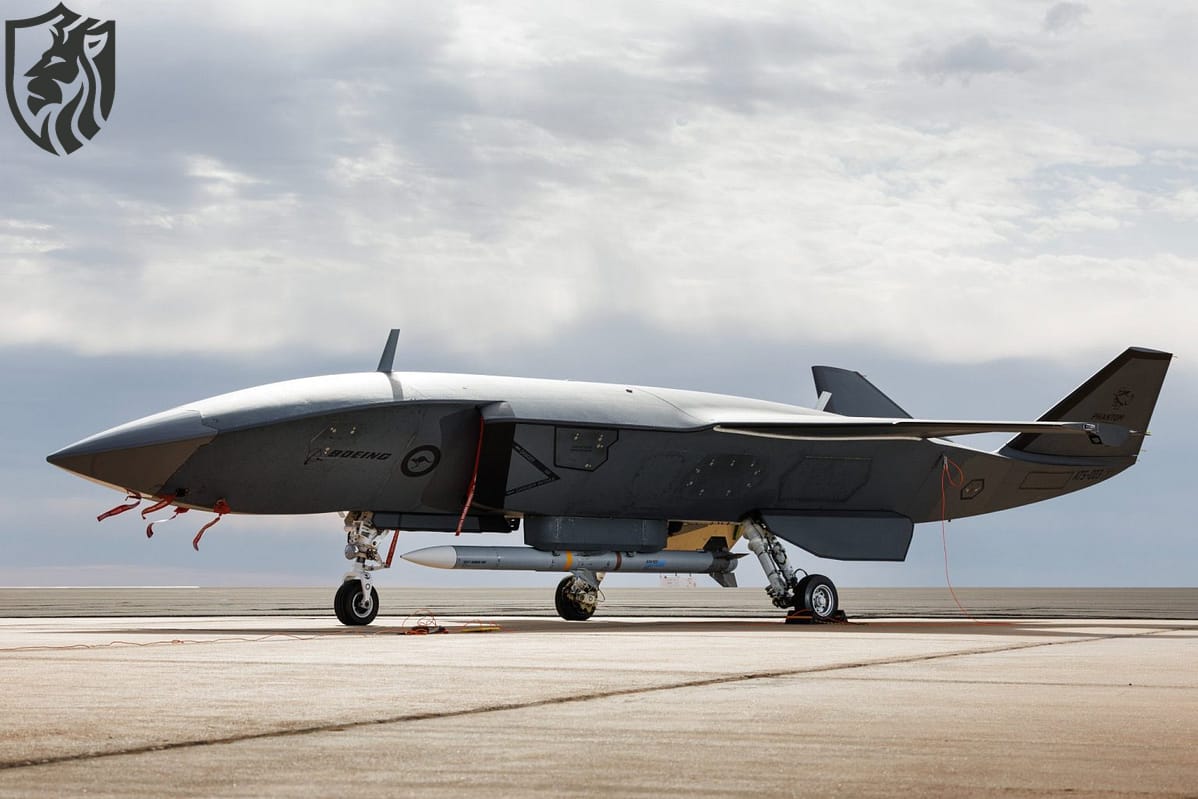
Equipped with a tri-array active electronically scanned array (AESA) radar, the KJ-500 operates with a fixed radome, enabling full coverage without a rotating radar.
Here’s a detailed technical comparison of the KJ-500 and SAAB 2000 Erieye AWACS platforms:
| Feature | KJ-500 AWACS | SAAB 2000 Erieye AEW&C |
|---|---|---|
| Origin | China | Sweden |
| Radar Type | AESA (Active Electronically Scanned Array) | AESA (Side-looking Erieye radar) |
| Radar Coverage | 360° (fixed dorsal rotodome with 3 AESA arrays) | 120° per side (total ~240° coverage) |
| Detection Range | ~470–550 km (depending on target RCS) | ~450 km (standard RCS targets) |
| Stealth Target Detection | Capable (advanced signal processing and RCS profiling) | Limited (less effective against low-RCS targets) |
| Aircraft Base Platform | Shaanxi Y-9 (turboprop transport) | SAAB 2000 (turboprop regional airliner) |
| Endurance | 12+ hours | 9 hours |
| Max Speed | ~660 km/h | ~665 km/h |
| Operational Ceiling | ~10,000 m (33,000 ft) | ~9,000 m (29,500 ft) |
| Crew | 10–15 operators | 5–8 operators |
| Electronic Warfare (EW) | Yes (jamming, countermeasures, SIGINT) | No dedicated EW suite |
| Data Link Compatibility | Highly integrated with Chinese platforms (JF-17, J-10C) | NATO Link 16 compatible |
| Network-Centric Warfare | Fully integrated | Partially integrated |
| Export Availability | Limited (mostly to allies or partners like Pakistan) | Widely available |
| Operational Users | China, Pakistan (confirmed) | Sweden, Pakistan, UAE, Thailand, Brazil, others |
| Maintenance Infrastructure | Chinese-built ecosystem | Western (SAAB support network) |
| Radar Dome Type | Fixed rotodome (circular) | Fixed dorsal plank (rectangular) |
| Primary Role | Strategic AEW&C + Electronic Warfare + Network Command | Tactical AEW&C |
| Cost (Estimate) | ~$150 million per unit | ~$100–120 million per unit |
1. Kj-500 360-Degree Radar Coverage: An Important Improvement
The KJ-500 AWACS has radar that covers the whole 360 degrees, while the SAAB 2000 Erieye only scans side to side. In dangerous areas, it’s vital to see threats coming from all sides. The KJ-500 has a fixed dorsal dome that holds three AESA (Active Electronically Scanned Array) radars. Together, they provide constant and seamless surveillance.
This all-angle awareness is especially helpful along Pakistan’s unstable eastern and western borders, where it lets you see enemy planes, drones, and missiles coming in in real time.

Bottom: Swedish SAAB 2000 Erieye
2. Finding stealthy things and tracking things with low-RCS
Stealthy planes and small drones with low RCS (radar cross section) are becoming more common threats these days. The KJ-500’s AESA radar is better than the Erieye system’s, so it can find these kinds of threats much better.
It has better electronic intelligence and signal processing, which makes it a strong platform against fifth-generation fighters like India’s planned AMCA or U.S.-made drones.
The PAF’s ability to find stealth platforms gives it a big advantage in operations to counter stealth, which is something the region is quickly moving towards.
3. Works with Chinese planes
The Pakistan Air Force is becoming mostly a Chinese-equipped force. The JF-17 Thunder, the J-10C, and possibly the J-35 comprise the majority of Pakistan’s air combat capabilities. These platforms seamlessly integrate with the KJ-500.
It can share information about the battlefield in real time because it can combine data. This network-based method makes sure that planes, drones, and ground-based assets all work together in the same area of battle. The KJ-500 works better with other systems and responds to commands faster than SAAB’s system.
4. More range and a longer operational life
The KJ-500 AWACS can fly for more than 12 hours, which is longer than the SAAB 2000. This feature lets patrols stay over important areas longer without having to refuel in the air or end early.
Also, the Erieye’s side-looking radar usually makes it difficult to fly in certain directions, but its fixed radar dome gets rid of those limits. The KJ-500 can now take more flexible routes that fit its strategy.
5. The ability to fight on the internet
The KJ-500 isn’t just a way to spy on people; it also has advanced Electronic Warfare (EW) systems. It can block enemy radars, mess up communication lines, and send threats to the wrong place. This EW ability makes it an active participant in the battle instead of just a passive observer.
The SAAB 2000, on the other hand, is mostly for early warning and doesn’t have any serious offensive EW gear. This provides the KJ-500 a big strategic advantage when it comes to controlling the air in the region.
6. The Force Multiplier of Network-Centric Warfare
Many people think that the KJ-500 is the best AEW&C platform in China. People often compare it to American systems like the E-2D Hawkeye and E-3 Sentry. It works better in many ways, like keeping track of volume, sharing data, and finding things that are difficult to see.

The KJ-500 makes the PAF the air force with the most connections in all of South Asia. The system is a command and control center that helps keep track of air defenses, strikes, and situations.
7. A two-part plan for watching over things
It’s important that Pakistan doesn’t get rid of the SAAB 2000 Erieye. Instead, it is building an AEW&C structure with two levels. Pakistan still uses the SAAB planes for short-range tactical missions, while the KJ-500 now handles strategic and network integration tasks.
This layered approach guarantees backup coverage, more operational depth, and adaptability in both peacetime and crisis operations. This indicates that Pakistan is developing a robust defense strategy that operates across multiple platforms.
Conclusion: A Calculated, Strategic Acquisition
The planned and well-thought-out purchase of the KJ-500 AWACS represents more than simply acquiring new equipment. It indicates that Pakistan is serious about getting its air defense system ready for the future.
The KJ-500 is a smart and strategic addition to the SAAB 2000, not a replacement. It has better radar coverage, can detect stealth, can integrate with Chinese platforms, has longer endurance, and can fight electronically.
Pakistan’s dual-AEW&C model gives the PAF unmatched flexibility and reach in a region where air superiority can change the course of a battle.
References
- Global Times. “China’s KJ-500 sets a new benchmark in AWACS technology.”
- Jane’s Defense. “Pakistan to procure KJ-500 AEW&C system from China”
- Defense News Today. “PAF expanding AEW capabilities with KJ-500 AWACS”
- Air Power Asia discusses the PAF and the KJ-500, highlighting a potential shift in regional balance.
- Saab Group. “Erieye AEW&C—Capabilities and Limitations.”







